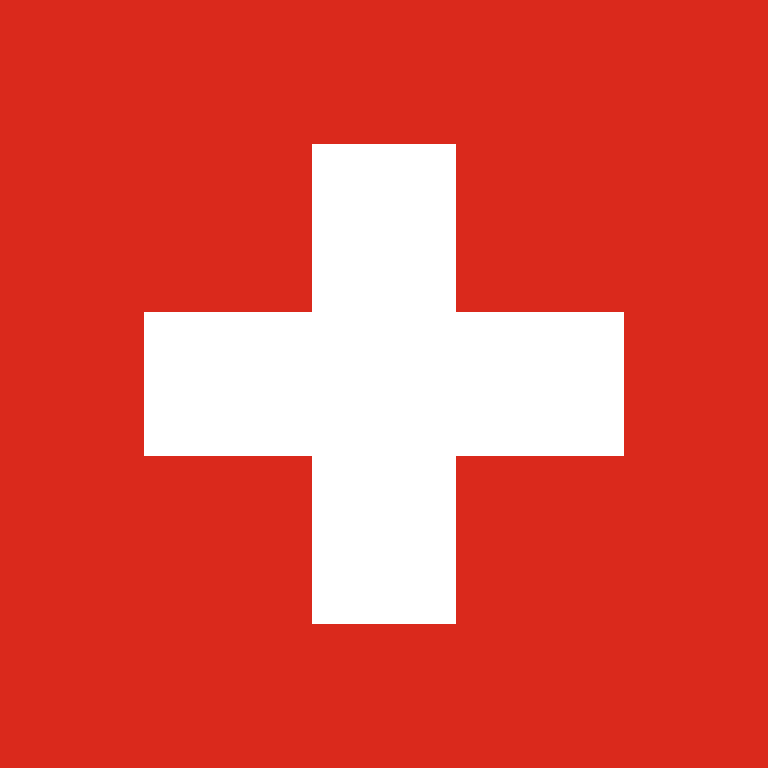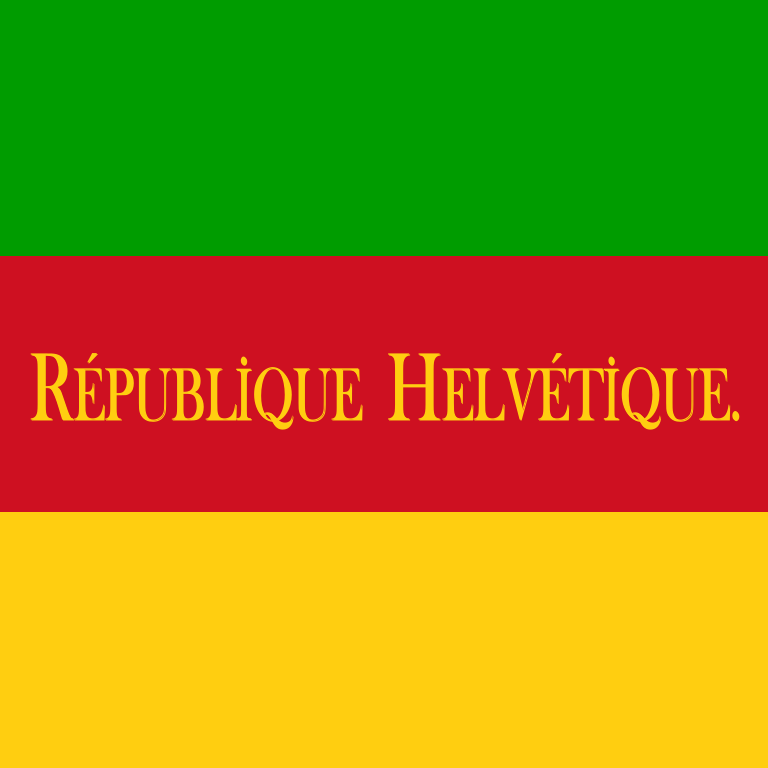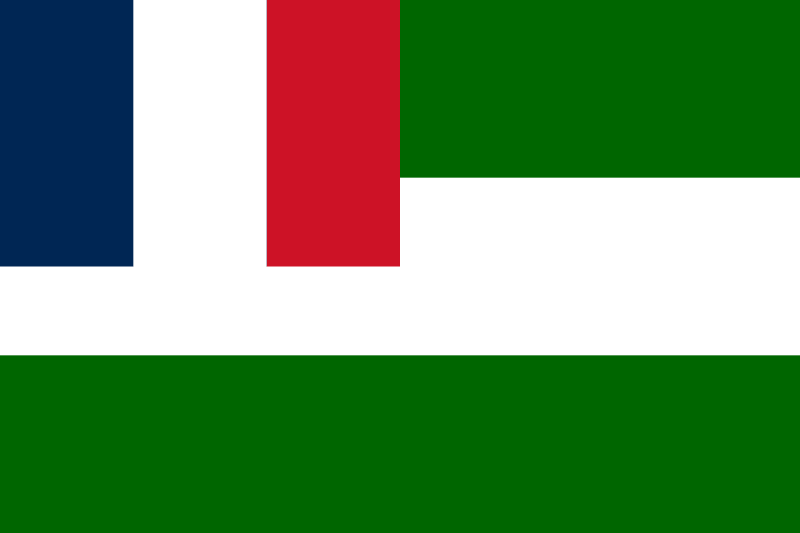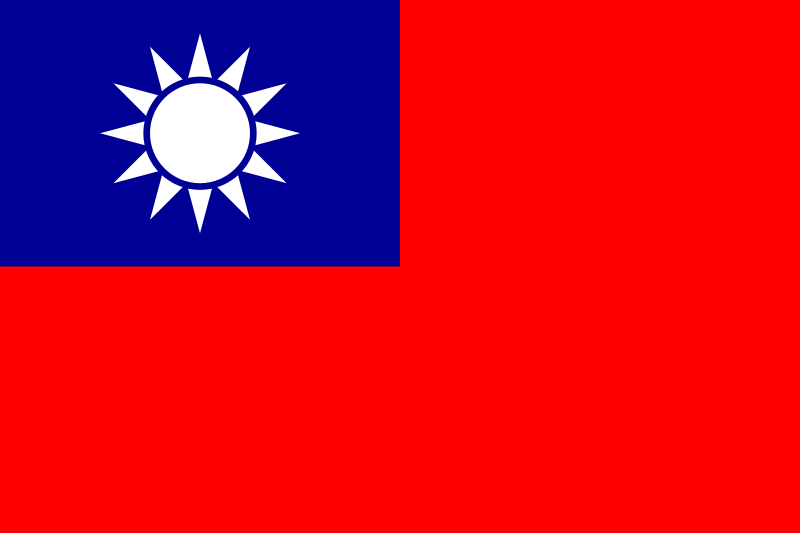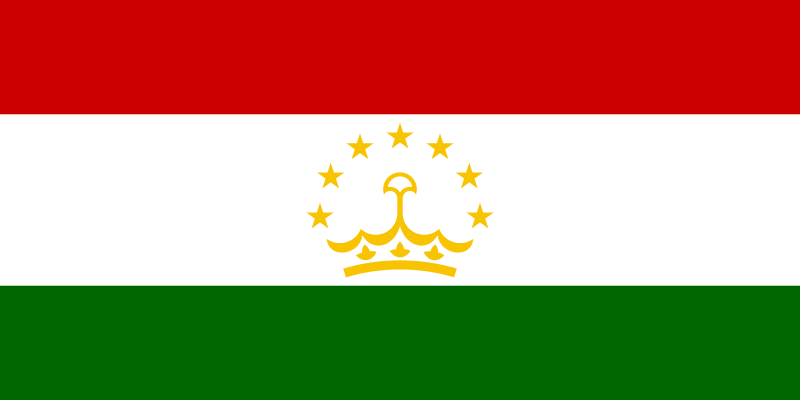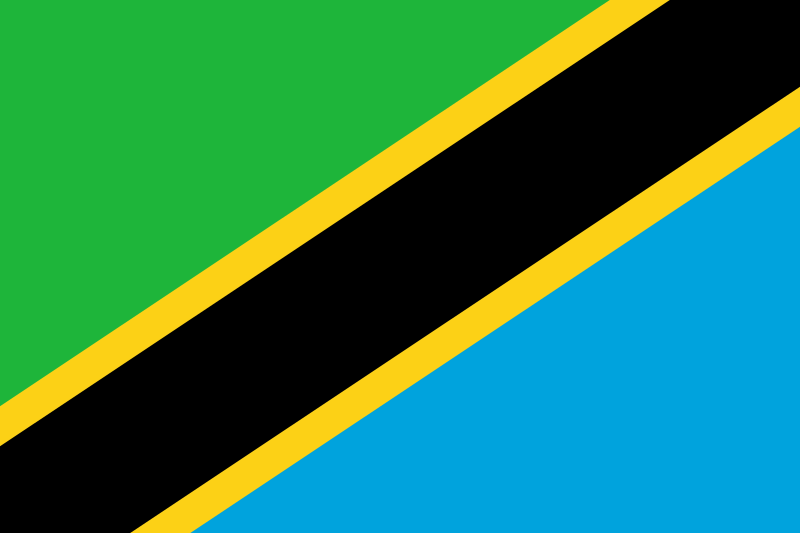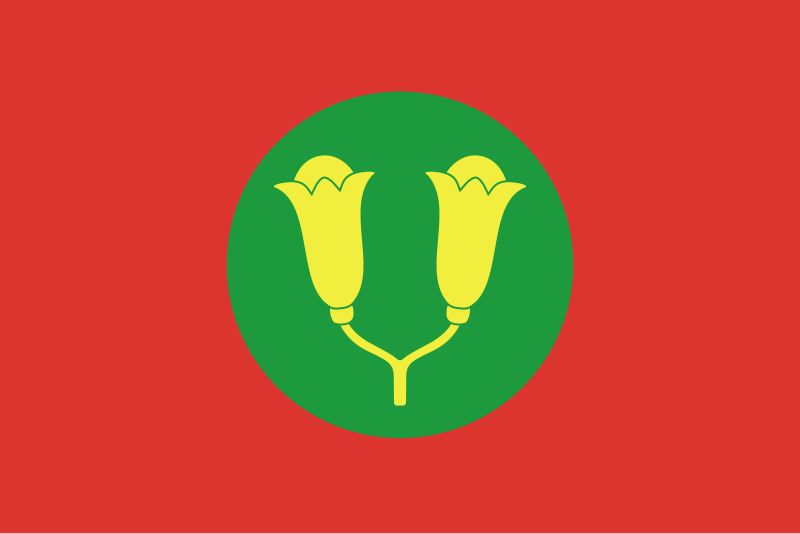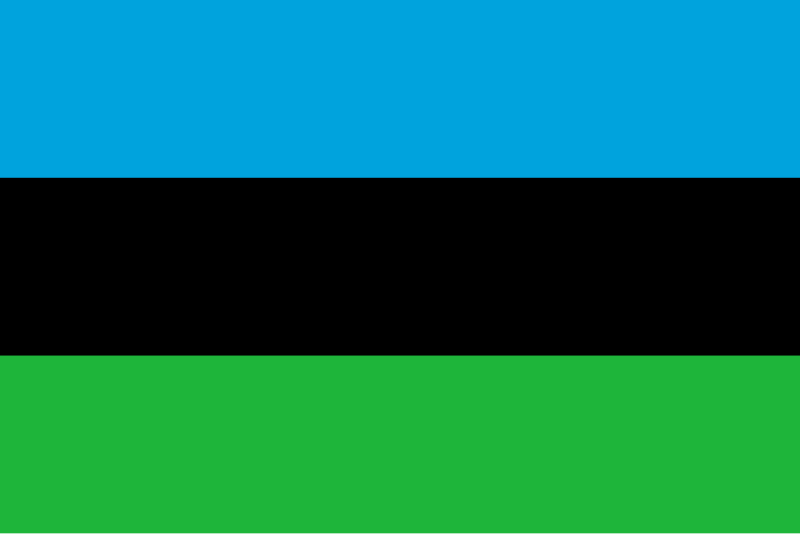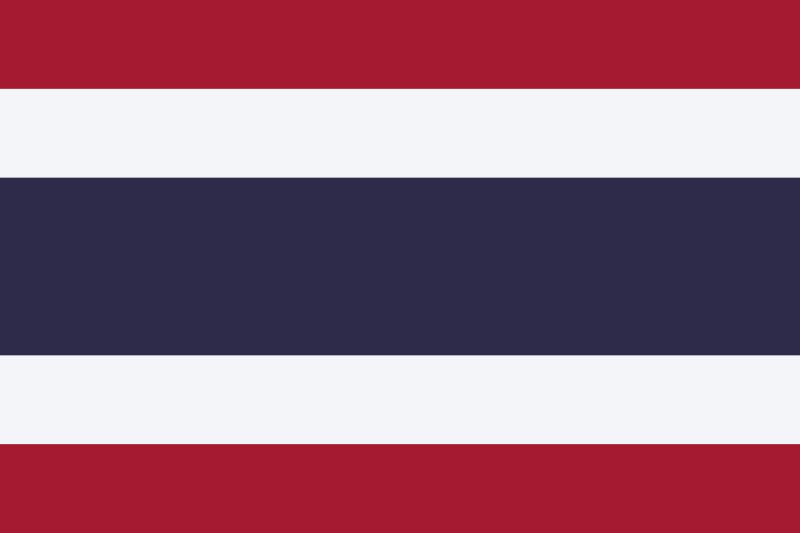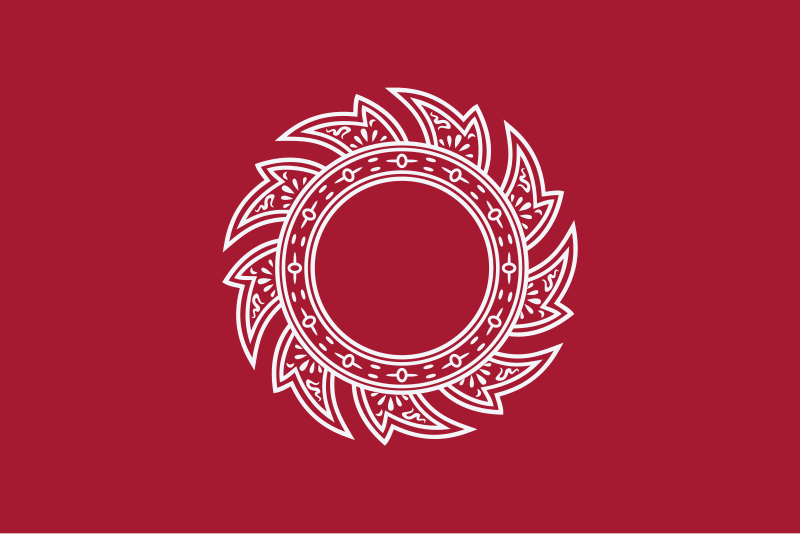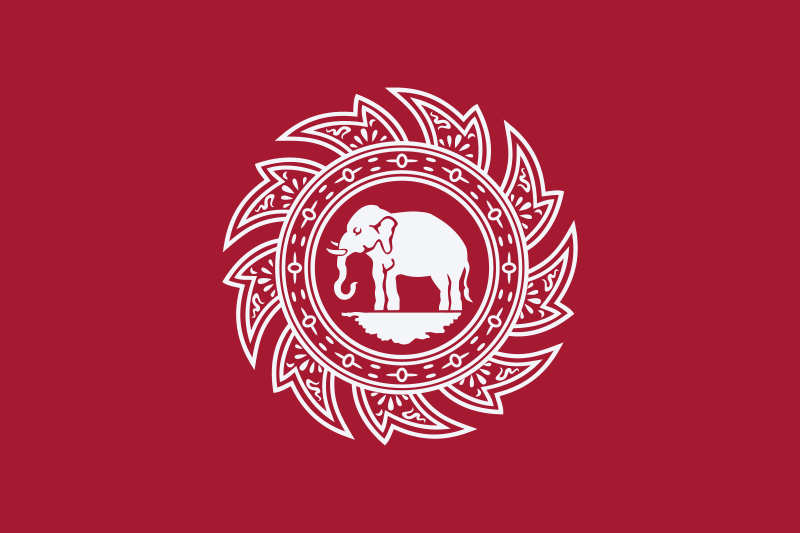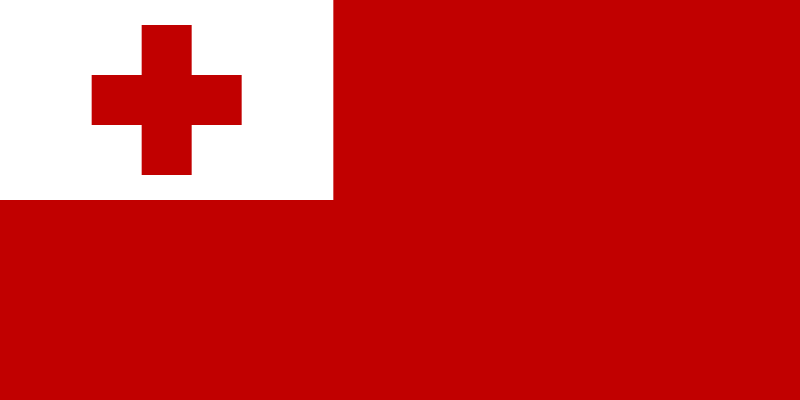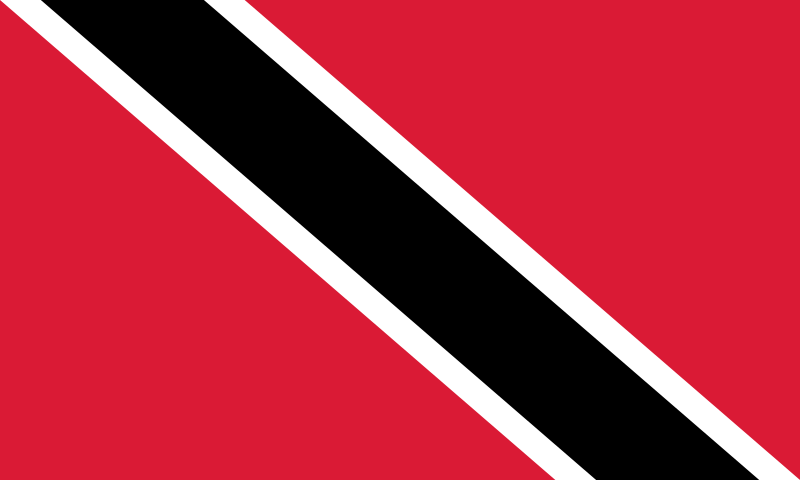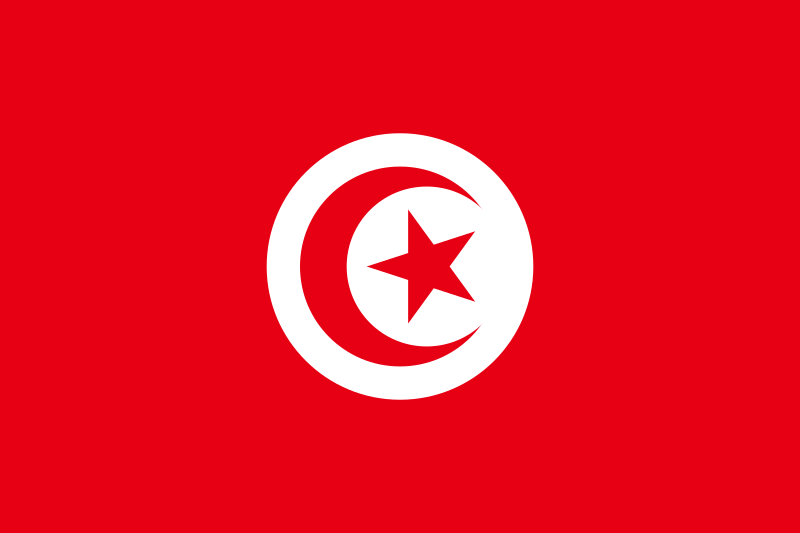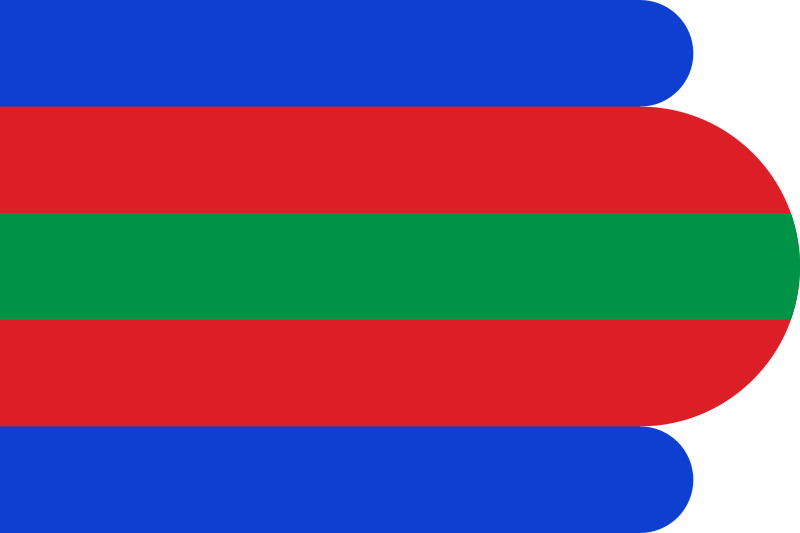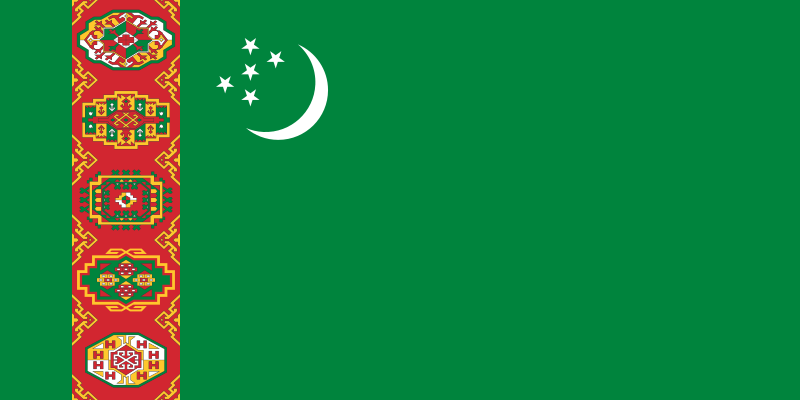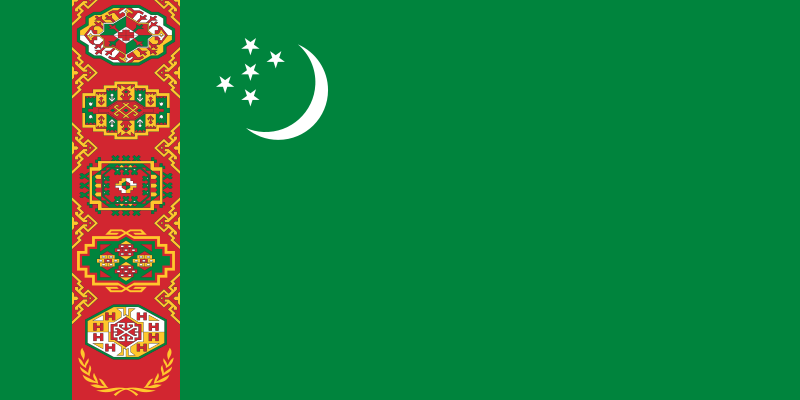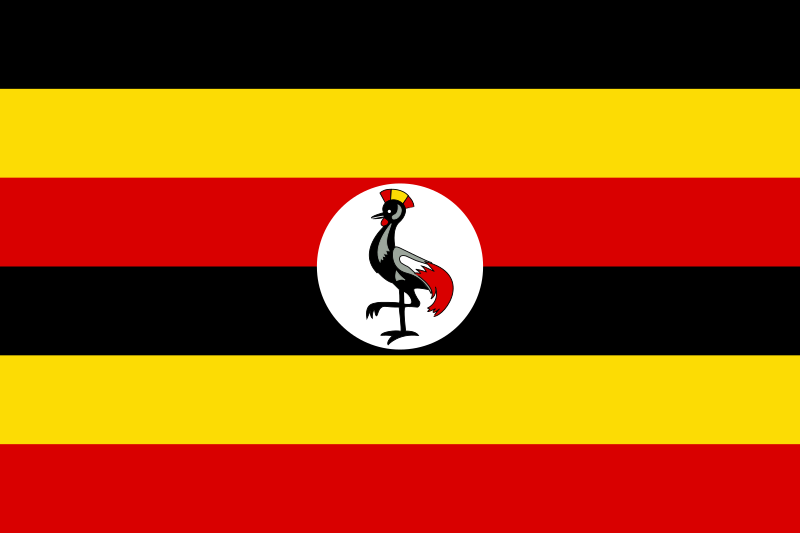- Thread starter
- #276
Flag of Sudan

Ratio: 1:2 (normal)
Adopted: 20 May 1970
Part 1
Rule 1: It's a simple flag. A child could draw it from memory.
Rule 2: In the 1820s, Sudan began being conquered by Egypt under Muhammad Ali Pasha (officially, Muhammad Ali was just an Ottoman governor, but in fact he was the khedive of a practically independent Egypt). Muhamad's grandson, Isma'il (reigned 1863-1879), fully conquered Sudan.
During Isma'il's rule, corruption and European influence grew. This led to the 'Urabi Revolt, led by Ahhmed 'Urabi, an officer of the Egyptian army. The khedive did little to oppose the revolt, which led the United Kingdom and France to depose him and replace him with his son, Tewfik (reigned 1879-1892). The revolt was only defeated in the 1882 Anglo-Egyptian War, and the British occupation of Egypt.
Meanwhile, in Sudan in the year 1881, heavy taxes and European attempts to end the slave trade led to Muhammad Ahmad bin Abd Allah, who followed a strict interpretation of Islam, declaring himself the Mahdi ("Guided One") and rising up in rebellion against the British and Egyptians, which began the Mahdist War, which lasted until the Mahdists were defeated in 1899. Afterwards, Anglo-Egyptian Sudan, a condominium administered by the United Kingdom and Egypt, was established.
Sudan gained full independence on 1 January 1956. Its first flag was a blue, yellow, and green horizontal tricolor, with the blue symbolizing the Nile, the yellow symbolizing the Sahara Desrt, and the green symbolizing the grasslands. The flag was chosen because it was neutral and favored no ethnic group and political party.
In 1969 a Coup d'état led by Gaafar Nimeiry and nine officers took place in Sudan. The next year, Sudan adopted a new flag, based on the Arab Liberation Flag.
In Sudan's flag, the red symbolizes Sudan's struggle for independence and the blood of its martyrs. The white symbolizes peace, light, and optimism, and the nationalist White Flag League (1923-1924). The black symbolizes Sudan itself ("Sudan" means black in Arabic) and the black flag flown by the Mahdists. Green symbolizes Islam, agriculture, and prosperity.
Rule 3: Green, red, white, and black. I don't really like the Pan-Arab colors.
Rule 4:The flag has no text or emblems.
Rule 5: This flag can be easily confused with other Pan-Arab flags. It's not distinctive.
Part 2
1956-1970
 Gabon's flag was adopted in 1960, so you can't say this flag isn't distinctive. I think this flag looks much better than the current.
Gabon's flag was adopted in 1960, so you can't say this flag isn't distinctive. I think this flag looks much better than the current.
Part 3
A bland, undistinctive. I wish Sudan kept its 1956-1970 flag.

Ratio: 1:2 (normal)
Adopted: 20 May 1970
Part 1
Rule 1: It's a simple flag. A child could draw it from memory.
Rule 2: In the 1820s, Sudan began being conquered by Egypt under Muhammad Ali Pasha (officially, Muhammad Ali was just an Ottoman governor, but in fact he was the khedive of a practically independent Egypt). Muhamad's grandson, Isma'il (reigned 1863-1879), fully conquered Sudan.
During Isma'il's rule, corruption and European influence grew. This led to the 'Urabi Revolt, led by Ahhmed 'Urabi, an officer of the Egyptian army. The khedive did little to oppose the revolt, which led the United Kingdom and France to depose him and replace him with his son, Tewfik (reigned 1879-1892). The revolt was only defeated in the 1882 Anglo-Egyptian War, and the British occupation of Egypt.
Meanwhile, in Sudan in the year 1881, heavy taxes and European attempts to end the slave trade led to Muhammad Ahmad bin Abd Allah, who followed a strict interpretation of Islam, declaring himself the Mahdi ("Guided One") and rising up in rebellion against the British and Egyptians, which began the Mahdist War, which lasted until the Mahdists were defeated in 1899. Afterwards, Anglo-Egyptian Sudan, a condominium administered by the United Kingdom and Egypt, was established.
Sudan gained full independence on 1 January 1956. Its first flag was a blue, yellow, and green horizontal tricolor, with the blue symbolizing the Nile, the yellow symbolizing the Sahara Desrt, and the green symbolizing the grasslands. The flag was chosen because it was neutral and favored no ethnic group and political party.
In 1969 a Coup d'état led by Gaafar Nimeiry and nine officers took place in Sudan. The next year, Sudan adopted a new flag, based on the Arab Liberation Flag.
In Sudan's flag, the red symbolizes Sudan's struggle for independence and the blood of its martyrs. The white symbolizes peace, light, and optimism, and the nationalist White Flag League (1923-1924). The black symbolizes Sudan itself ("Sudan" means black in Arabic) and the black flag flown by the Mahdists. Green symbolizes Islam, agriculture, and prosperity.
Rule 3: Green, red, white, and black. I don't really like the Pan-Arab colors.
Rule 4:The flag has no text or emblems.
Rule 5: This flag can be easily confused with other Pan-Arab flags. It's not distinctive.
Part 2
1956-1970

Part 3
A bland, undistinctive. I wish Sudan kept its 1956-1970 flag.







